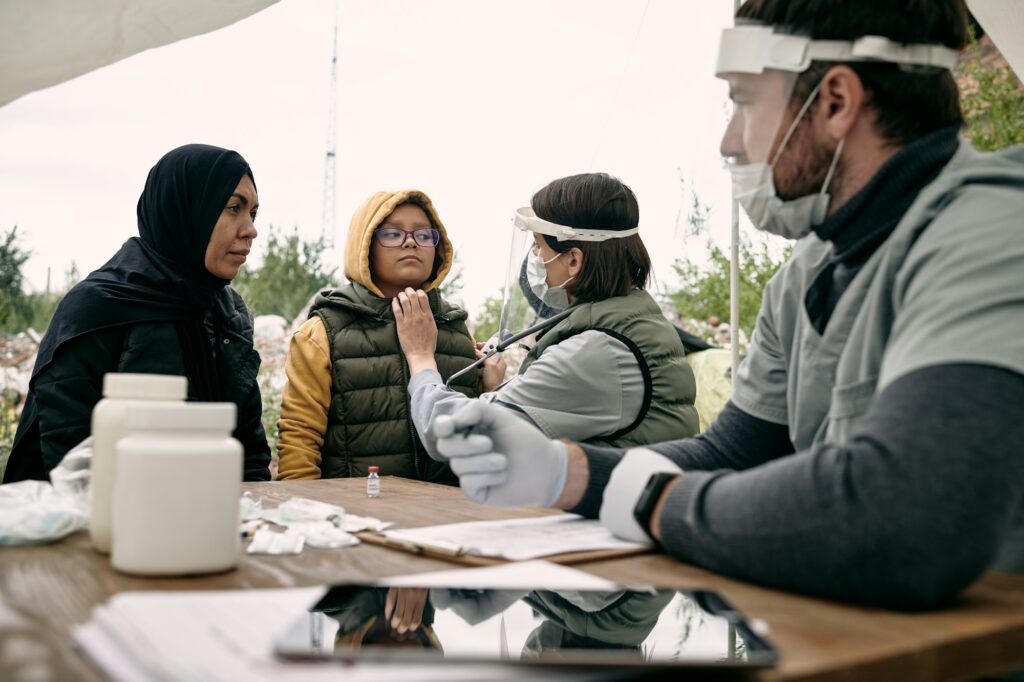Key Takeaways:
- An Italian court rejected the government’s attempt to hold migrants in Italy-run centers in Albania, further obstructing Prime Minister Giorgia Meloni’s migration processing scheme.
- The decision exposes a conflict between Italian and European immigration laws: Italy’s approach of designating regions within countries as “safe” contrasts with the European requirement that countries be considered “safe” in entirety.
- The case has been referred to the European Court of Human Rights, leading to renewed debate over Italy’s immigration policy and public expenditure on such schemes.
On November 11, an Italian court challenged Prime Minister Giorgia Meloni’s plan to handle migration outside the European Union, rejecting a request to detain migrants in Italy-managed centers in Albania. The ruling, which halts the detention of seven individuals, escalates the legal clash between Italian and European immigration laws and sends the case to the European Court of Human Rights.
At the heart of the issue is Italy’s classification of “safe” countries, allowing migrant processing in Albania based on designated safe regions rather than entire countries, as mandated by European courts. In response, Italy expanded its safe zones list, sparking significant debate nationwide over the alignment of national and European laws.
Despite backing from right-wing political figures, including Interior Minister Matteo Salvini, the Albania-based centers remain empty. Mounting legal challenges and unresolved policy questions raise critical concerns over the viability and cost-effectiveness of this approach to immigration management.










